Zero-Waste Kitchen Organization: 9 Must-Try Pantry Solutions for 2025
Zero-Waste Kitchen: The Future of Pantry Organization
In 2025, zero-waste living is more than just a trend—it’s a necessity. A well-organized, sustainable pantry reduces food waste, eliminates plastic, and keeps your kitchen eco-friendly. Whether you're new to sustainable living or looking for fresh ideas, these 9 trending pantry solutions will help you achieve a waste-free kitchen without compromising convenience or style. Let’s dive into the best practices for a plastic-free, organized, and eco-conscious pantry!
1. Reusable Glass Jars and Containers
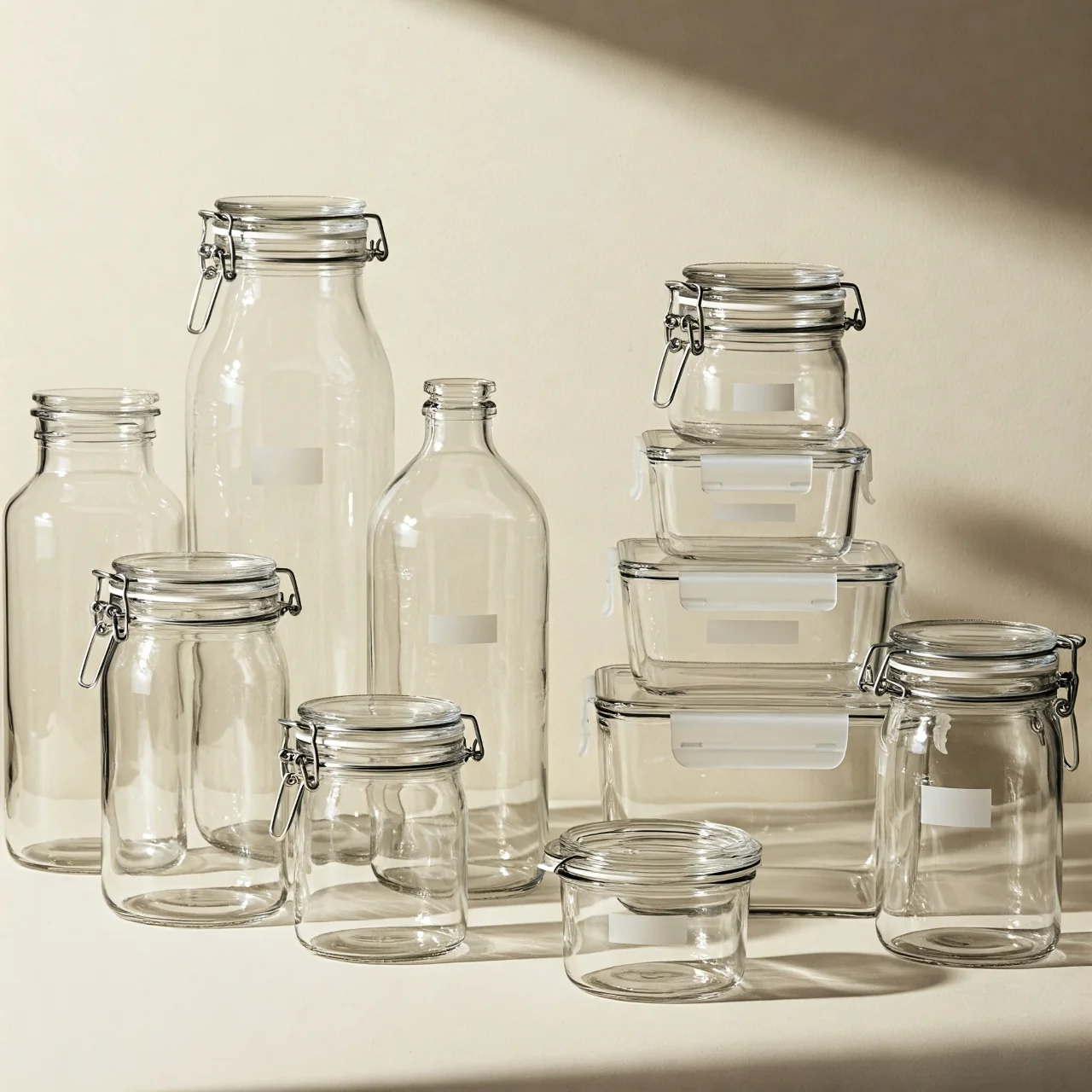
Ditch disposable packaging and opt for reusable glass jars and airtight containers. Mason jars, repurposed sauce jars, and stainless steel tins keep food fresh while reducing plastic waste. Label them with chalk markers or eco-friendly tags for an organized, minimalist aesthetic. Bulk shopping becomes easier when you bring your own refillable containers, cutting down on unnecessary plastic packaging. This simple swap not only helps the planet but also keeps your pantry visually appealing and clutter-free.
2. Beeswax Wraps for Dry Goods Storage
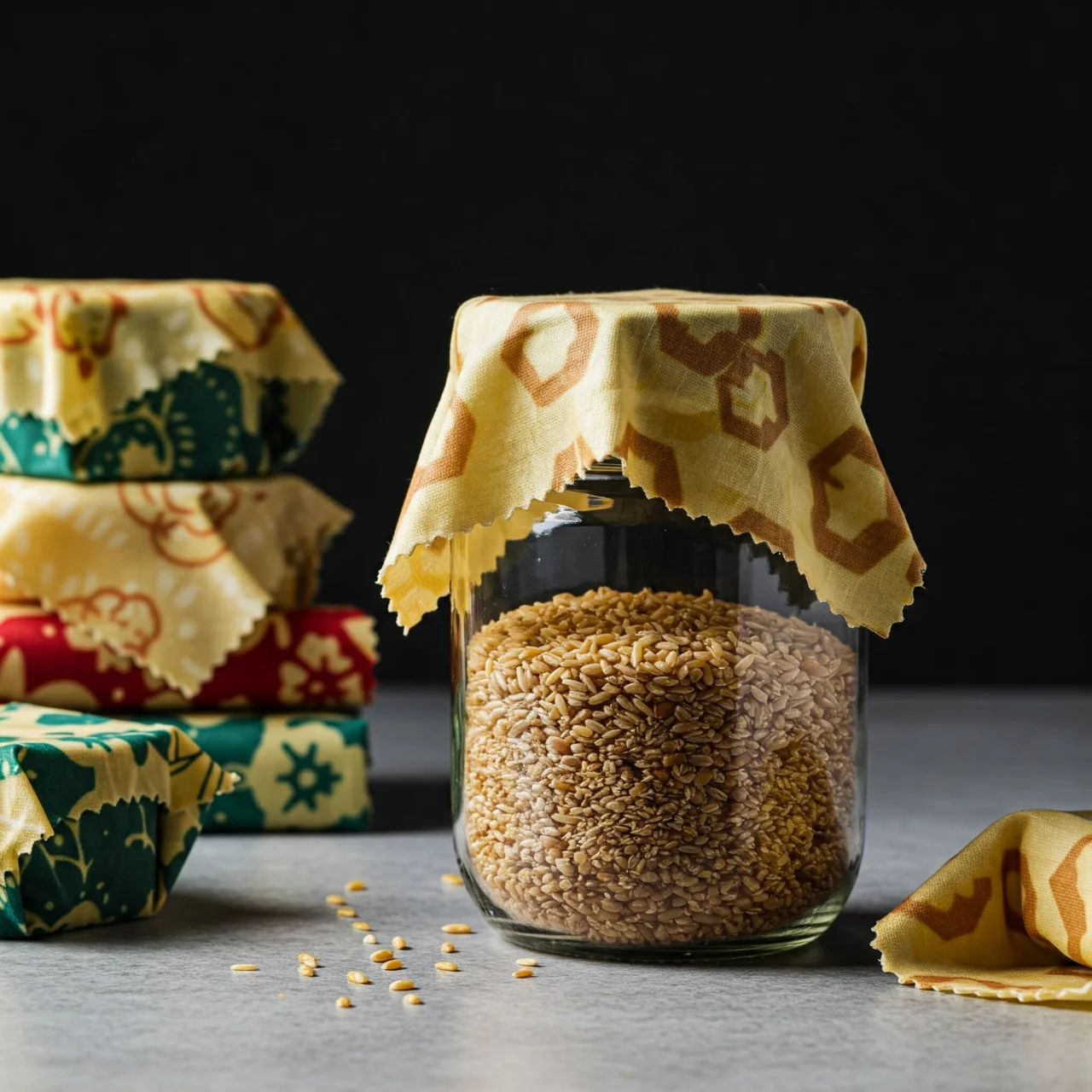
Say goodbye to plastic wrap and hello to beeswax wraps! These reusable, biodegradable alternatives are perfect for storing dry pantry staples like bread, nuts, and grains. The breathable material helps keep food fresh longer, reducing spoilage and waste. Simply warm the wrap with your hands to mold it around jars, bowls, or loose produce. Beeswax wraps are a must-have for anyone looking to maintain a sustainable, plastic-free pantry.
3. Upcycled Storage Solutions
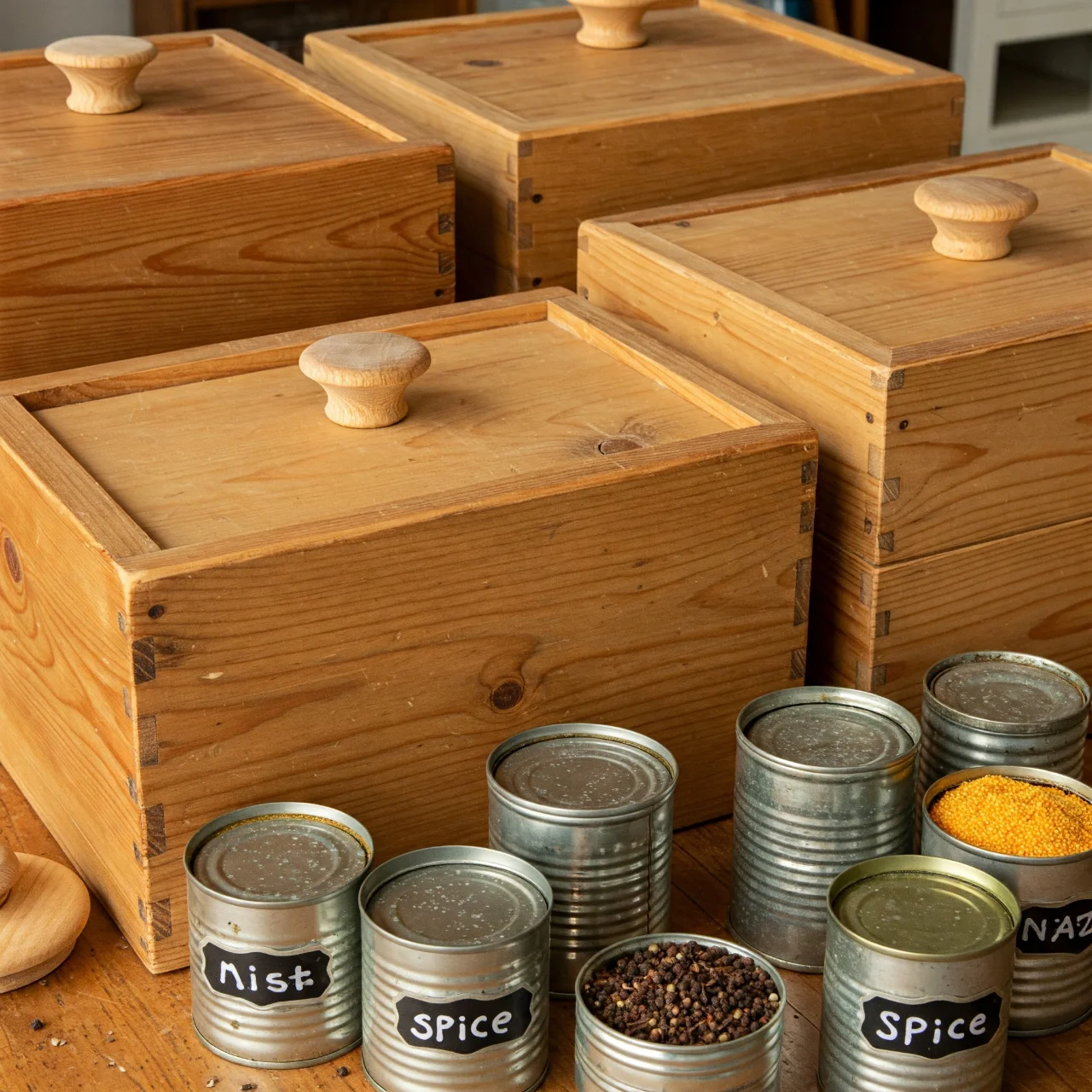
Get creative by repurposing old containers, baskets, and crates for pantry organization. Upcycling not only reduces waste but also adds a unique charm to your kitchen. Use wooden boxes for bulk grains, repurpose tin cans for spice storage, or transform old glass bottles into oil dispensers. This budget-friendly approach enhances sustainability while keeping your pantry stylish and functional.
4. DIY Cloth Bags for Bulk Buying
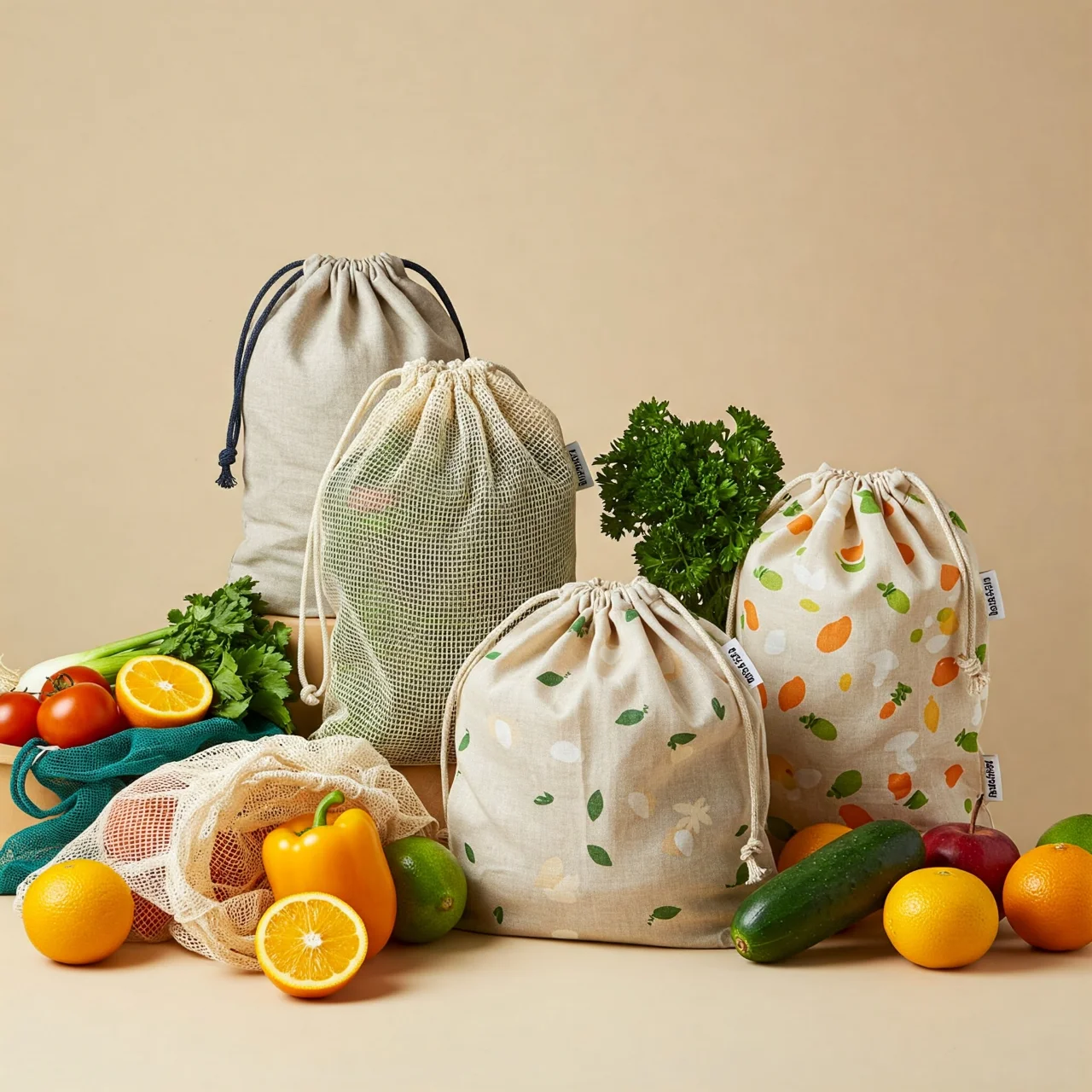
Ditch single-use plastic bags and switch to cloth or mesh produce bags for bulk shopping. Lightweight yet durable, these bags are perfect for carrying rice, nuts, dried fruits, and more. Store them in your pantry to keep items fresh and easily accessible. Opt for organic cotton or hemp-based cloth bags to make your pantry fully sustainable and eliminate unnecessary plastic waste.
5. Zero-Waste Spice Organization
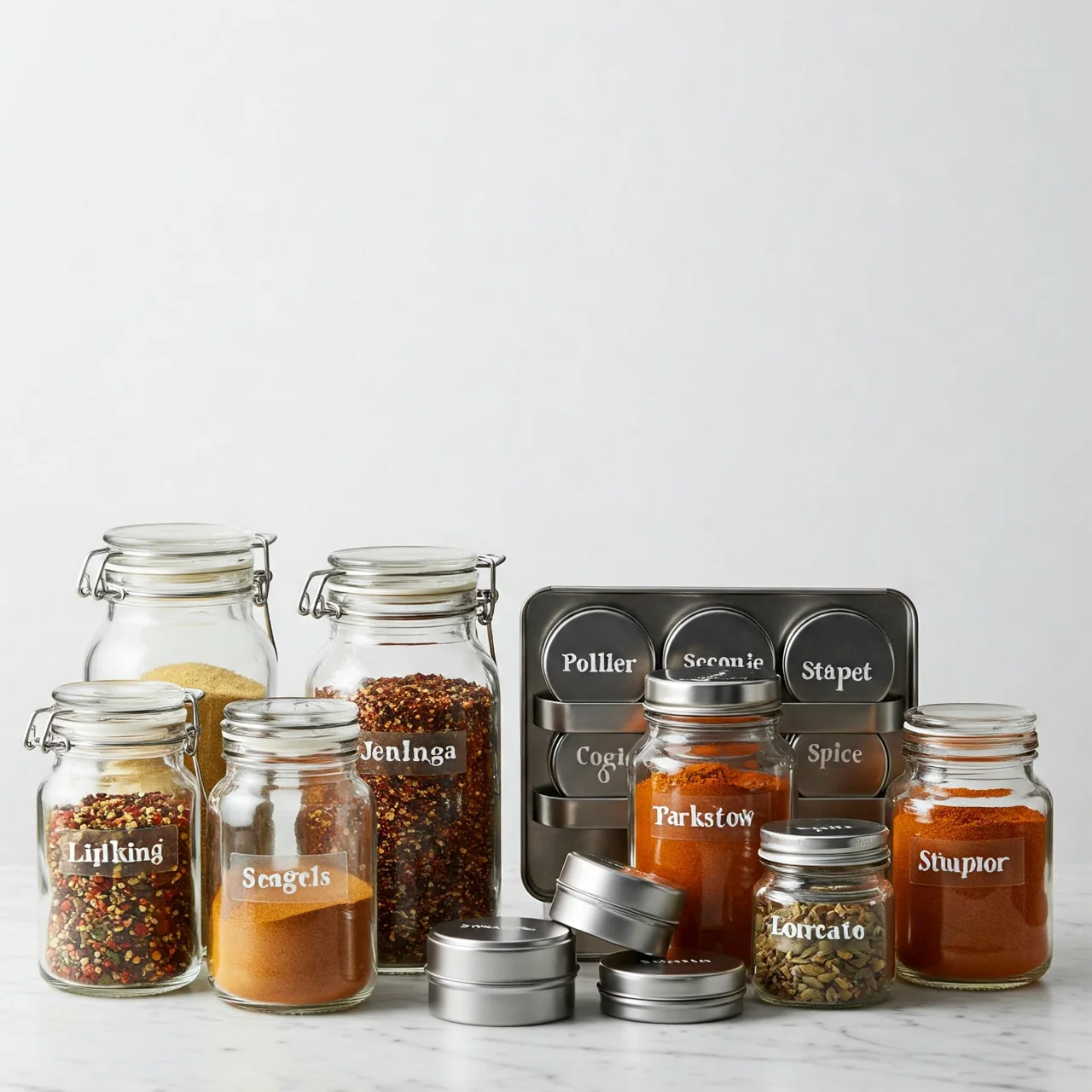
Spices often come in wasteful plastic packaging, but you can make your spice rack sustainable by refilling jars at bulk stores. Use labeled glass jars or magnetic spice tins to save space and maintain an organized pantry. Creating a dedicated spice drawer or wall-mounted rack enhances accessibility while keeping your kitchen eco-friendly and clutter-free.
6. Compostable Storage Bags for Leftovers
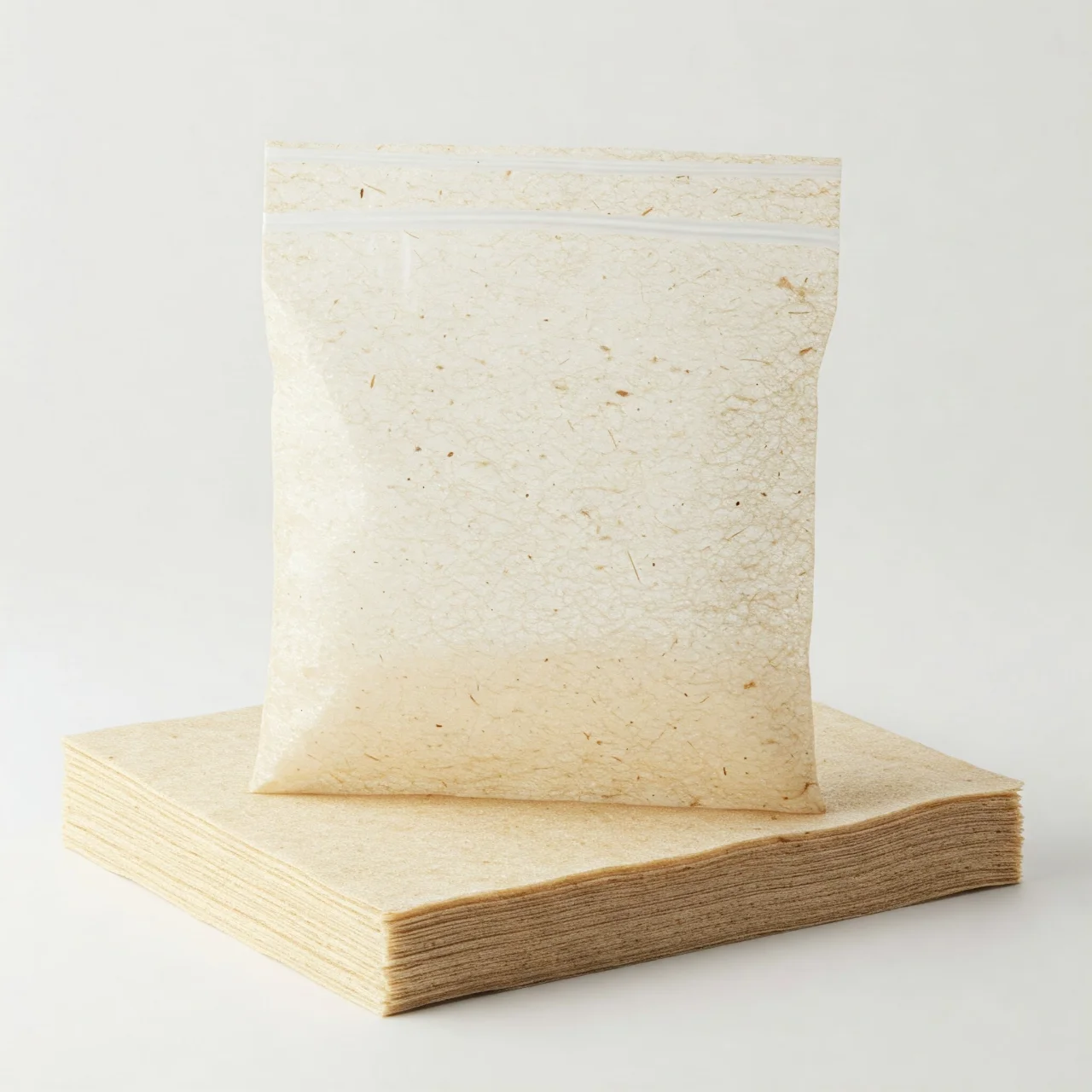
For storing snacks, leftovers, or frozen items, consider compostable storage bags made from plant-based materials like cornstarch or bamboo fiber. Unlike plastic bags, these break down naturally without harming the environment. Many brands now offer durable, resealable options that work just as well as traditional plastic bags, making them a smart, sustainable choice.
7. Sustainable Labeling for an Organized Pantry
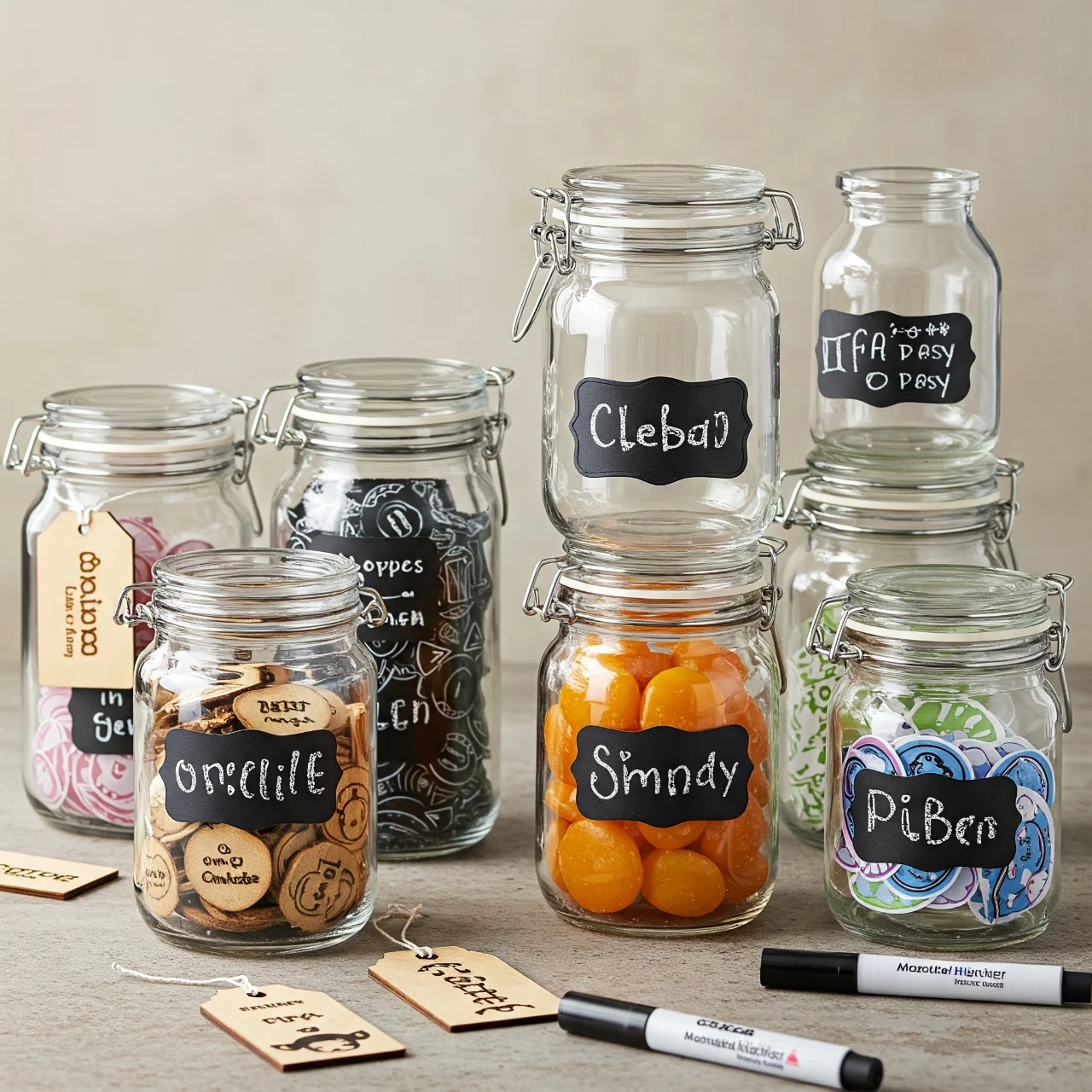
Labeling your pantry items helps you track inventory and avoid unnecessary purchases. Instead of plastic labels, opt for reusable chalkboard labels, wooden tags, or washable marker labels on glass jars. This method ensures organization while minimizing waste, making your pantry both functional and eco-friendly.
8. DIY Natural Air Fresheners for Pantry Spaces
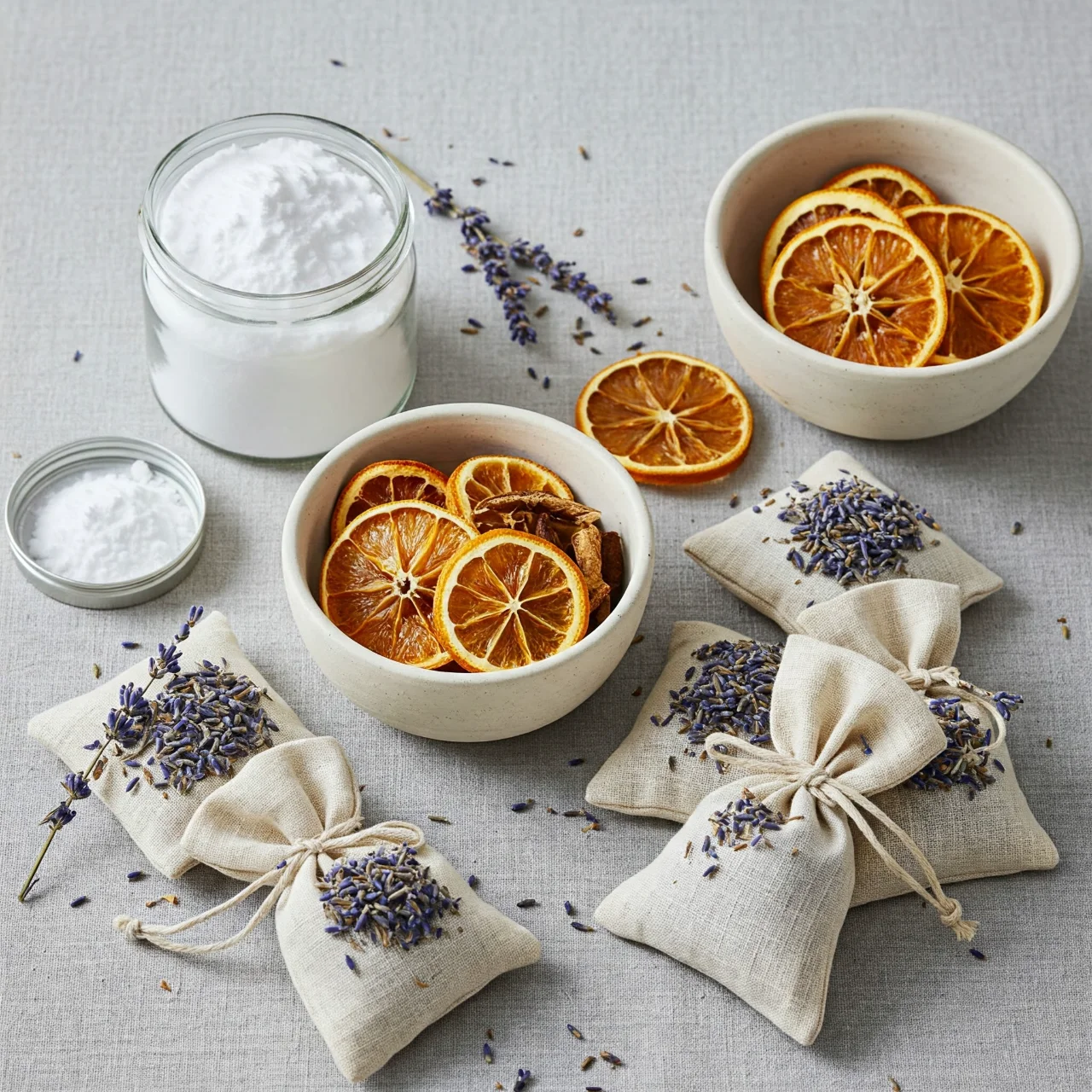
Keep your pantry smelling fresh without chemical-based air fresheners. Use natural deodorizers like baking soda, dried citrus peels, or small sachets of lavender. These DIY solutions absorb odors and maintain a clean, pleasant pantry environment. Going chemical-free is an easy yet impactful step toward a zero-waste kitchen.
9. Adopt a ‘First In, First Out’ System
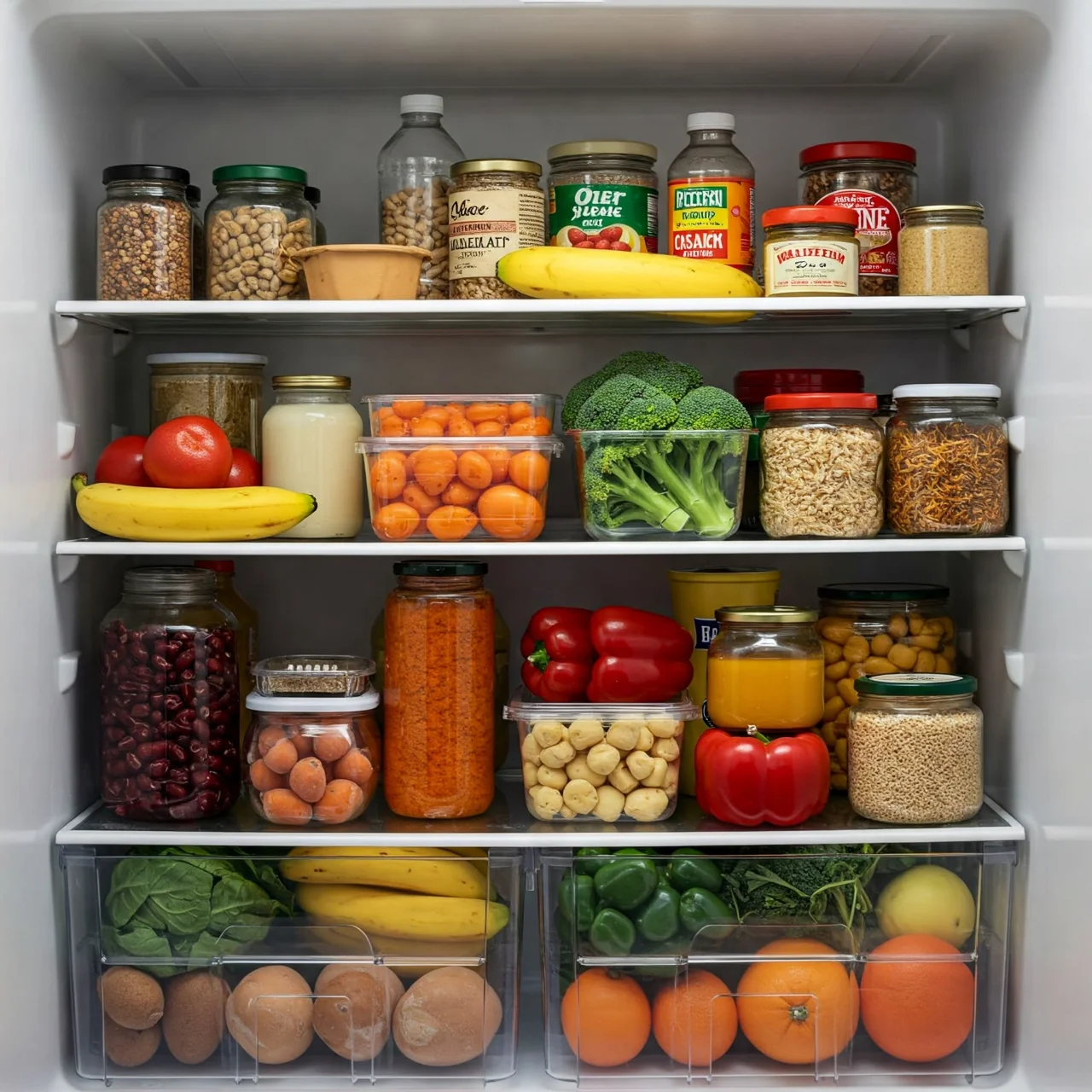
One of the best zero-waste pantry habits is following a 'First In, First Out' system. Arrange older food items in front to use them first, preventing expiration and reducing waste. This simple yet effective strategy ensures that everything gets used efficiently, keeping your kitchen sustainable and waste-free.
Create Your Zero-Waste Kitchen Today!
Transitioning to a zero-waste pantry is easier than you think! By implementing these sustainable solutions, you’ll reduce food waste, cut plastic use, and create an organized, eco-friendly kitchen. Start small—switch to glass jars, try beeswax wraps, or use compostable bags. Every change makes a difference! Share this guide with fellow eco-conscious friends and inspire others to embrace a waste-free lifestyle in 2025.
Comments
Loading comments...